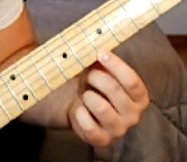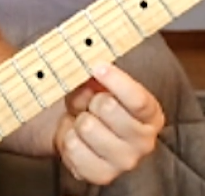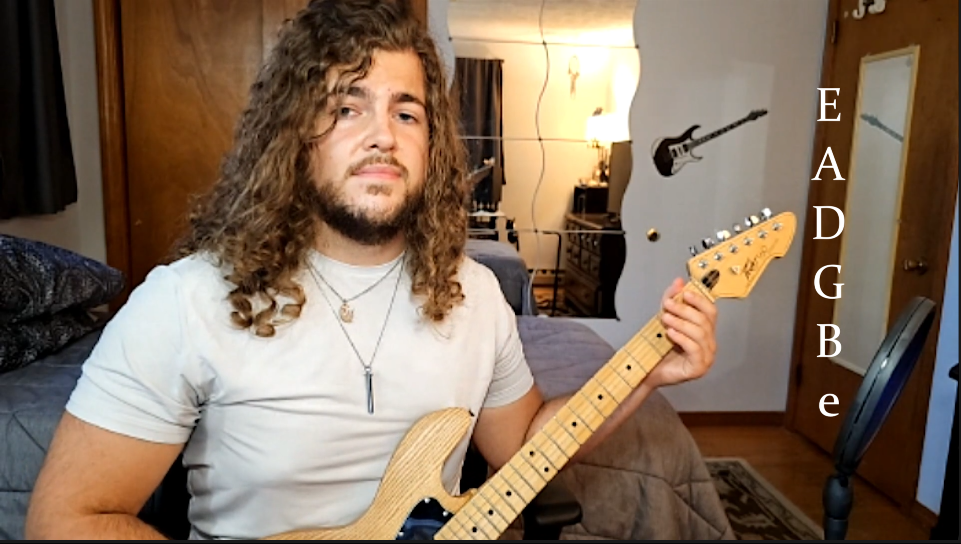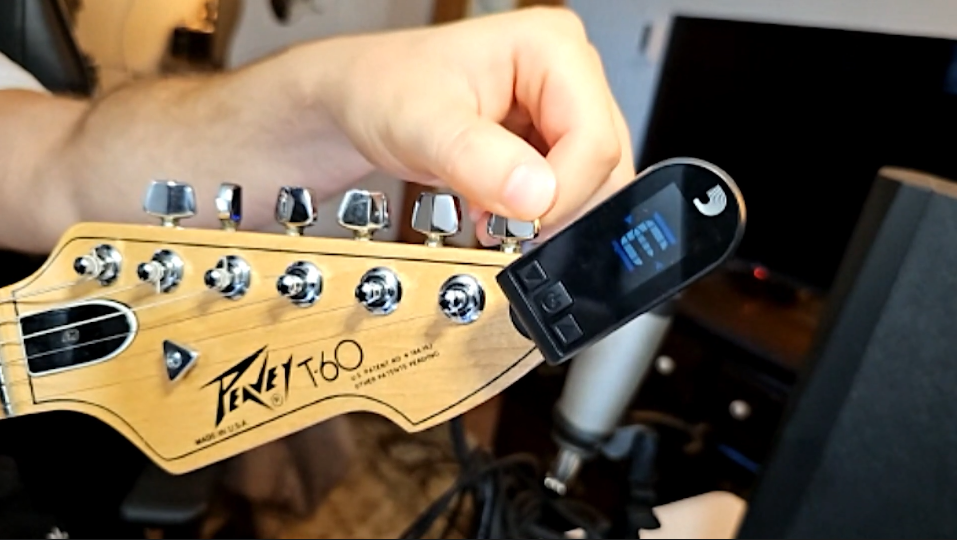The First 3 Things Beginners MUST Know to Start Learning Guitar
Aug 05, 2023Are you brand new to guitar and don't know where to start? In this lesson, I'll show you the most important things you'll need to understand when reading how to play guitar, taking guitar lessons, and watching guitar tutorial videos. Fortunately, these 3 tips are pretty simple so there's no need to feel overwhelmed. Today, we are going to be focusing on what frets are, what the names of the strings are, and how to tune a guitar. Having this knowledge under your belt will carry you far wherever you go with your guitar journey.
Frets

First, we are going to start with frets. Frets are the thin, shiny bars that appear on the neck of your guitar. Each fret on your guitar has an assigned number and the number of frets varies from guitar to guitar. In this case, my electric guitar has 21 frets; so, the number of frets ranges from 0 to 21 from the headstock of the guitar up to the fret that's closest to the body of the guitar. Fret 21 on my guitar is the one that's closes to the body of the guitar. Fret 0 is the easiest fret to play because don't need to use your left hand at all. Just play the open string! The most important part about frets is knowing what someone means when they tell you to play a note at a certain fret. You do not press your finger directly onto the fret itself.

Incorrect way to fret a note shown above.
Instead, get the correct pitch and tone by pressing your finger down just behind the fret.

Correct way to fret a note shown above.
Guitar Strings and Their Names

Next, we are going to be talking about strings and their names. With some exceptions, most guitars come equipped with 6 strings. The strings are most commonly made of steel, but some acoustic guitars have strings made of nylon. The nylon strings tend to be less aggressive on the fingertips. A lot of people, including myself, talk about higher strings and lower strings. Unless otherwise stated, this is relative to the pitch of the strings. The higher strings are the thinner, brighter sounding strings and the lower strings are the thicker, darker sounding strings. Each string is given a designated name. From lowest to highest, the names of each string are:
E
A
D
G
B
e
When learning how to play something on your guitar, you'll likely be instructed to play a specific fret of a certain string. If I told you to play the 3rd fret of the A string, what would that look like? Check the answer in the video.
How to Tune a Guitar

Lastly, you're going to want to make sure your guitar is in tune. This is important because you'll get used to knowing what specific notes sound like. You can develop your ear from the start just by getting used to the pitches of accurately tuned notes. To tune your guitar, you're going to want to get a guitar tuner. There are many types of tuners, and it doesn’t really matter what type you pick. You can even download free guitar tuner apps to your smartphone. I happen to favor the Equinox Tuner by D'Addario because tuning up a guitar quickly is easier by simply clamping the tuner down to the headstock. Plus, it's super convenient to use when changing strings. To learn how to change strings on an electric guitar, check out this video I made to learn how it's done. All you have to do us turn the tuning posts accordingly to arrive at the desired string pitch. The tuned notes of each string should match the names of the strings based on standard tuning. Again, the notes of the strings in standard tuning are EADGBe.
Conclusion
Now you have the foundation you need to go out and begin learning everything you can about the best instrument on the planet. You know what frets are, you know about guitar strings and their names, you know how to combine that information to learn how to play any note on the fretboard, and you know how to tune a guitar. Congratulations on deciding to pursue the best instrument in the world, and best of luck on your guitar journey!
Watch the full video HERE to get the full scoop: The First 3 Things Beginners MUST Know to Start Learning Guitar
Optimize your practice routine in 5 minutes with my simple, powerful, scientifically driven tool for guitarists.


